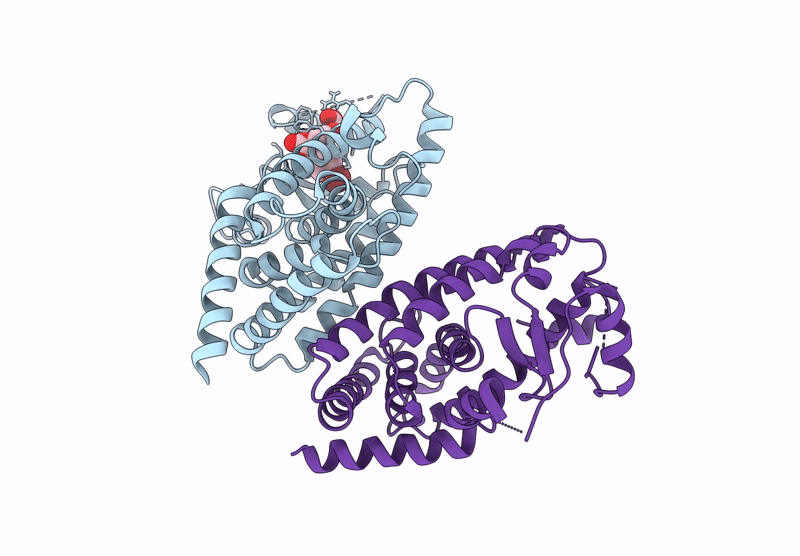
Deposition Date
2025-01-06
Release Date
2025-05-14
Last Version Date
2025-05-14
Entry Detail
PDB ID:
9HX2
Keywords:
Title:
X-ray crystal structure of PPAR gamma Ligand Binding Domain in complex with CZ58
Biological Source:
Source Organism:
Homo sapiens (Taxon ID: 9606)
Host Organism:
Method Details:
Experimental Method:
Resolution:
2.85 Å
R-Value Free:
0.28
R-Value Work:
0.22
R-Value Observed:
0.22
Space Group:
C 1 2 1


